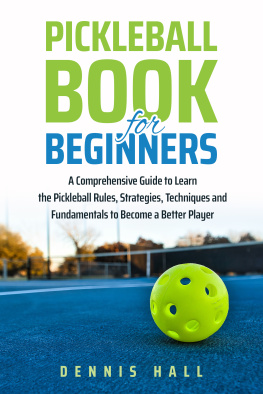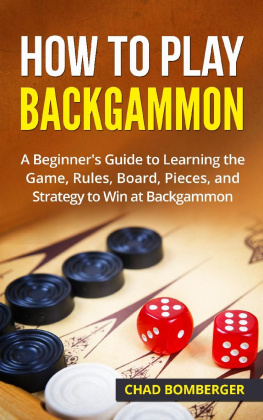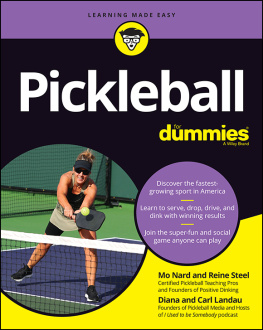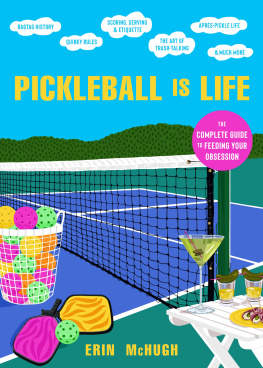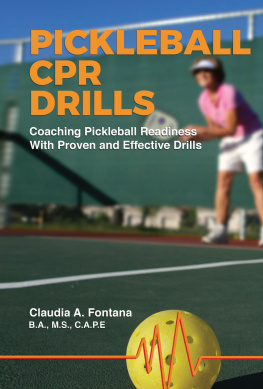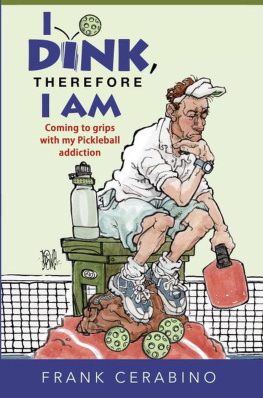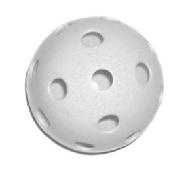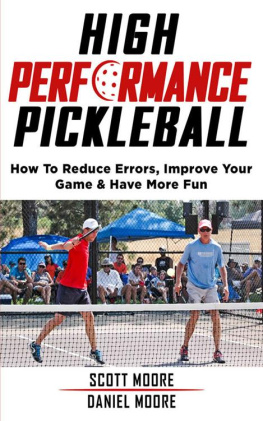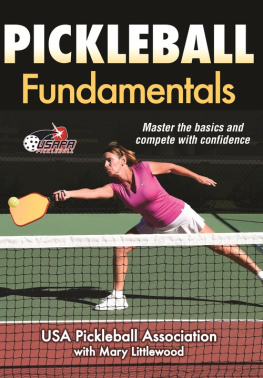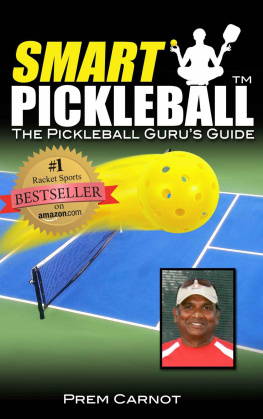Copyright
C opyright 2022 by Dennis Hall
All rights reserved.
Although the author and publisher have made every effort to ensure that the information in this book was correct at press time, the author and publisher do not assume and hereby disclaim any liability to any party for any loss, damage, or disruption caused by errors or omissions, whether such errors or omissions result from negligence, accident, or any other cause.
This Information is for educational and informational purposes only. The publisher or author makes no representations or warranties with respect to the accuracy, applicability, fitness, or completeness of the information, text, graphics, links and other items contained in this-book. The advice and strategies contained herein may not be suitable for every situation. The Author and/or its affiliates disclaim any loss or liability, either directly or indirectly, as a consequence of applying the information presented herein, or in regard to the use and application of said information. The information is provided "as is".
No part of this publication may be reproduced, distributed, or transmitted in any form or by any means, including photocopying, recording, or other electronic or mechanical methods, without the prior written permission of the publisher, except in the case of brief quotations embodied in critical reviews and certain other noncommercial uses permitted by copyright law.
Introduction
P ickleball was originally designed as a backyard game for children in the mid-1960s.
The sport features some characteristics with other racket sports, such as the size and layout of a badminton court, as well as a net and regulations that are comparable to those of tennis with few modifications.
Its rapid growth is attributed to its popularity among community centers, physical education programs, public parks, private health clubs, YMCA facilities, and retirement communities. Thousands of pickleball tournaments (events) are held every year all around the United States, including the United States Pickleball National Championships and the United States Open Pickleball Championship.
Chapter one
Pickleball History
P ickleball was invented as a childrens backyard pastime. The game started during the summer of 1965 on Bainbridge Island, Washington, at the home of former State Representative Joel Pritchard. He and two of his friends, Bill Bell and Barney McCallum, returned from golf and found their families bored one Saturday afternoon.
They said their bored children were driving them nuts. They attempted to set up badminton, but no one could find the shuttlecock. They improvised with a wiffle ball and ping pong paddles. Their children were having fun immediately. Within a few days, they lowered the badminton net and fabricated paddles of plywood from a nearby shed.
Pickleball caught on fast with their friends and neighbors. People began creating their own paddles by cutting jigsaws and marine plywood. Lowing the net was an easy option for those with access to badminton courts. In the past, people set up courts in their driveways and backyards with chalk. By 1965, most of the regulations had been worked out through word of mouth.
Pickleball's name is a bit of a mystery. It has been suggested that it is derived from the co-founder's Cocker Spaniel, Pickles, who would chase the ball and run off with it.
Characteristics of the Game
A key goal was to make the game fun and accessible for all ages and all family members. The founders wanted to avoid having player size and strength dominate the game. In tennis, a strong serve is vital and the serve is the most important shot of the game. About one third of the points scored in tennis come directly from the serve. So, in tennis, if you dont have a powerful serve, you cannot achieve much success.
In pickleball, the founders of the game specified that an underhand serve be used to avoid having serving strength dominate the game. In addition, the two bounce rule was designed to keep the serving team from attacking the net and the service return.
The two bounce rule says that the serve must bounce before being hit and the return of serve must bounce before being hit. These two rules give the advantage to the receiving team, which can return the serve and attack the net, not the serving team, which must wait for the return of serve to bounce. The seven-foot non-volley zone near the net has two purposes. First, it prevents a team from building a wall directly at the net that enables easy spiking. Second, the non-volley zone provides a safe place for a team trying to approach the net to place their shot. As a result of these game design features and the compact court, young and old players and male and female players are on a much more even footing in pickleball than in tennis, where strength and extreme mobility are essential even at the 4.0 skill level. Compared to tennis, pickleball success is driven more by ball placement capability and strategy than by strength and quickness. And, compared to tennis, pickleball success is driven more by eliminating errors than by trying to generate winners.
Please dont mistake this to mean that strength, power, mobility, and quickness have no importance in pickleball. Its nearly impossible to compete at the 5.0 skill level in pickleball without having speed, mobility, and put-away power in addition to great technique and strategy.
Another aspect of pickleball is the extreme social nature of the game compared to tennis. In doubles tennis, you stick with your partner and your opponent with his or her partner through the duration of a match that can last hours. In pickleball, a game usually lasts 15 minutes. At the conclusion of a doubles pickleball game, you typically mix it up and play with a new partner. The compact court also promotes player interaction.
The Basic Rules of Doubles Pickleball/The Pickleball Serve
As with tennis, badminton, and table tennis, the game and each rally begin with a serve. The underhand serve is made diagonally, starting with the right-hand service square and alternating from the right-hand side of the court to the left-hand side of the court as long as the server holds the serve. The receiving team does not alternate positions. The server must clear the seven-foot non-volley zone in front of the net and land in the service court diagonally opposed to the server.
In tennis, the server is allowed two serve attempts. In pickleball, each server is allowed only one serve attempt.The first serving team is permitted only one fault in each new game, at which time the ball is passed to the opponents. The ball is then given to the other team when either member of a doubles pair faults. When the receiving team wins the serve, they always receive and serve first on court in the right-hand corner. A service fault occurs if the served ball touches any area outside of the correct service box or if the served ball goes into the net.
The serving teams point score will always be an even number when the serving teams starting server is serving on the right-hand side of the court. A teams score will always be an odd number when their teams starting server is serving from the left-hand side of the court.
Leading server is determined by tossing a coin or rallying the ball until a mistake is made. The winner of the toss/rally has the choice of serving first or receiving first.
Scoring
Pickleball uses the old scoring system of badminton, which was in effect when pickleball was invented. Most newcomers to the game find the scoring system and the sequence of serving to be extremely confusing. It does take a while to learn how to keep score and how to switch servers and serving positions. Had the game been invented by folks who were not badminton players, I think the scoring system would use rally point scoring, in which the winner of a rally scores a point regardless of who serves. The modern badminton scoring system uses rally point scoring.

